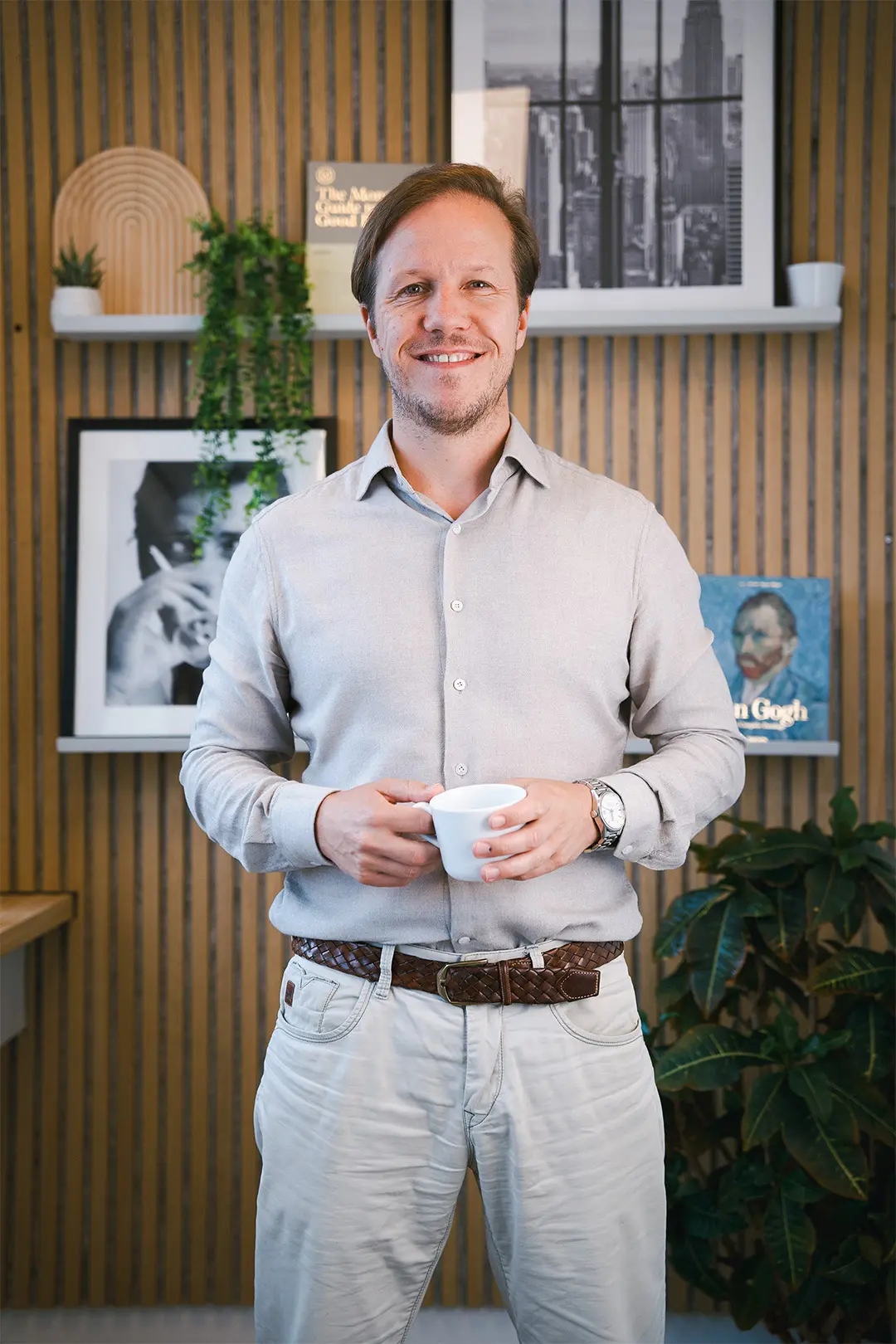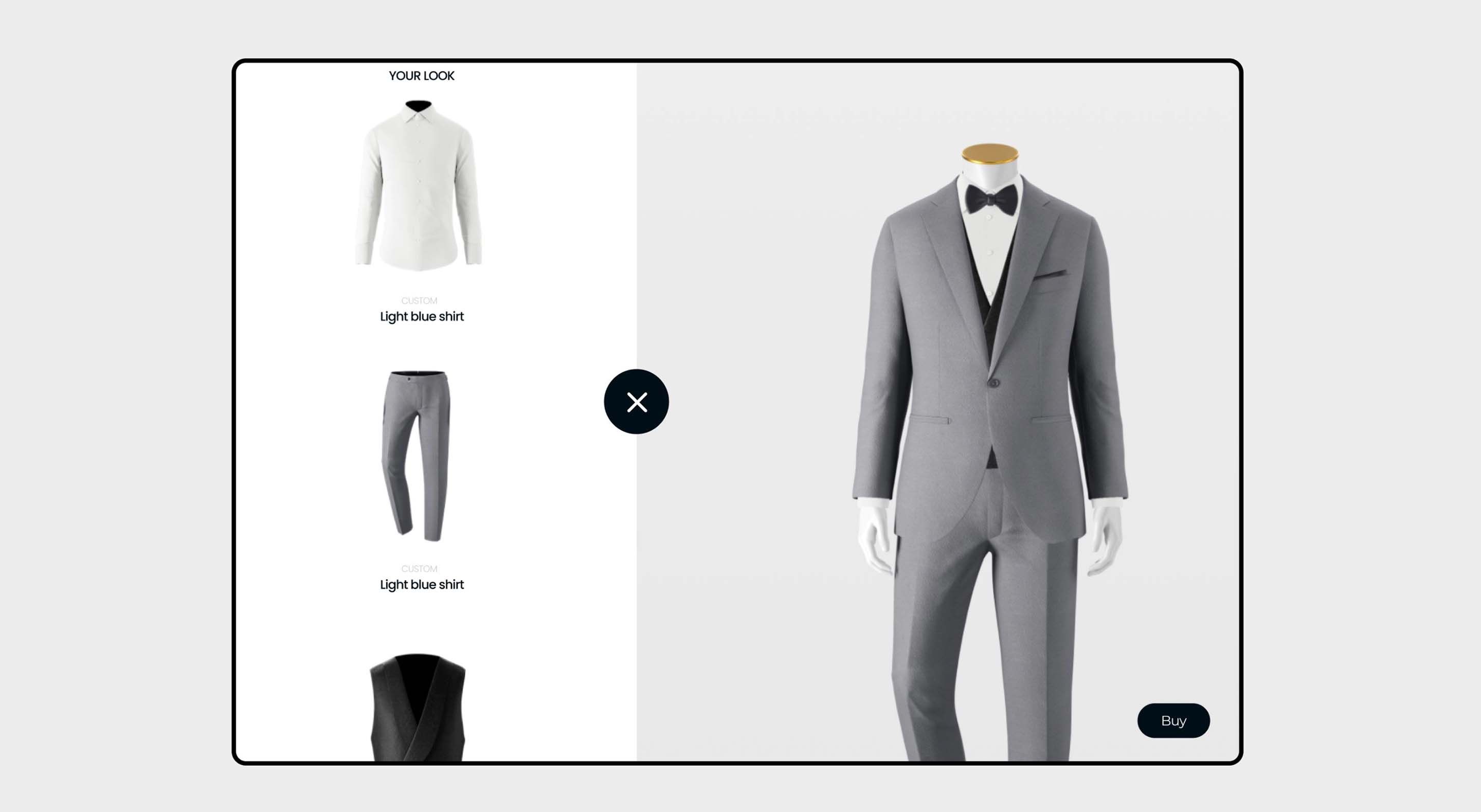The “unlikely” usability of 3d in the fashion industry

Would you like to know more?
Get in touch with Lardy
Stay Connected
Curious about how branding and consumer psychology intersect? Subscribe to our newsletter for expert insights and strategies built around our core service pillars: identity, development, and 3D & Ai technology. Let’s help your brand forge deeper connections.
If you are like most people, you have probably never thought about the fact that your favorite high-fashion brand might be using 3D technology to create their designs, use it in the marketing assets or to get inspiration for next season. But the reality is that it has been happening for years now, and it is only going to get bigger.
Just six or seven years ago, it would have been unthinkable for high fashion to integrate such a tool into their workflow; but now, as we move into 2023, we are seeing a whole new world of possibilities opening up in this area.
The use of 3D Rendering, 3D Configurators and Webgl 3D applications has grown exponentially over the past few years and it is not just limited to t-shirts and sneakers anymore either! Think about putting print on a shirt or making your own work-wear with logos and in that specific fabric you fancy.
Now, a big leap forward to 2023, a development from plugins to plugin-less, from fast load to integrated details in 3D models has taken place. Using the technique of baking (putting light in the texture) gave a huge quality improvement without losing processor speed. This means faster loading time and more “realness” on phones, laptops and tablets. What is next?
What made the difference and what will be next
1) 3D rendering is affordable and easy-to-use. You don't need any special software or plugins anymore, just some JavaScript libraries like three.js and WebGL.
2) Baked lighting is making it easier than ever to create realistic textures for 3D models. No more waiting for your computer to crunch numbers, you can just hit "render" and be done in seconds!
3) It is getting easier to use 3D in websites, even without coding skills! You can integrate 3D models into your website with just a few clicks, thanks to some great new apps like sketchfab for example.
4) Photorealistic 3D productions are on the brink of becoming cheaper than actual photography. Also, scanning products is getting faster and not every model needs to be recreated from scratch anymore.
5) When you have a good quality 3D model the possibilities are more extensive than just one picture. Think of AR, VR, animations, still rendering, photo placements and much more.
The future of AR is 3D.
Moore's Law states that the number of transistors in a dense integrated circuit doubles every two years. In other words, the computer power available to us has doubled every two years for the last 50 years.
If you think about this concept in terms of computer graphics, it means that we have been able to create increasingly realistic images on screen. And it also means we will be able to do so at an even higher level of quality in the upcoming five years.
It seems strange to imagine that when we are immersed in a 3D world with AR goggles on, we will still be looking at flat images. Why would we choose 2D when we could have 3D? It doesn't make sense! All content creation will move toward 3D eventually, from video and photos to product presentations, because it is just so much more immersive.


The Art of Storytelling in Branding: How Top Brands Craft Compelling Narratives
Read this article

Balancing the Budget: Strategic Spending for Impactful Campaigns
Read this article

Embracing the Dutch Design Ethos - Bold and Minimalistic
Read this article
